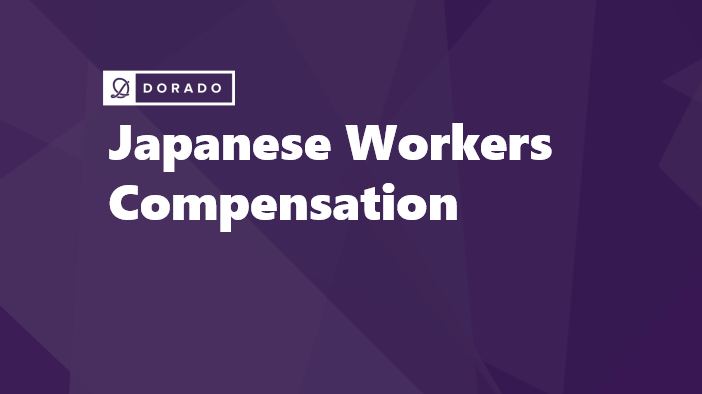Japanese Workers Compensation - Everything You Need to Know
Japanese Workers Compensation: A Comprehensive System Explained

Learn everything you need to know about the comprehensive Japanese workers compensation system, including how it works and the benefits it provides. Discover how the Industrial Accident Compensation Insurance Act (IACIA) ensures insurance coverage for work-related injuries and illnesses, including medical expenses, wage compensation, and disability benefits.
In Japan, ensuring the safety and well-being of workers is of utmost importance. To achieve this, the Japanese government has implemented a comprehensive workers compensation system. Today, we will dive into the details of this system, how it works, and what benefits it provides.
1. Overview of the Workers Compensation System
In Japan, workers compensation is governed by the Industrial Accident Compensation Insurance Act (IACIA). This Act ensures that employers provide insurance coverage for their employees in case of work-related injuries or illnesses. The insurance covers medical expenses, wage compensation, and even potential disability benefits.
1.1 Who is Covered?
The workers compensation system covers all employees, including part-time and temporary workers, who work for an employer registered under the Employees Health and Safety Control Act. Domestic helpers, such as maids, are also covered by this system.
1.2 What is Covered?
The insurance provides coverage for various work-related accidents and illnesses, including injuries from accidents during commuting, injuries during work-related events, work-related diseases, and even mental health disorders caused by work-related stress.
1. 3 Benefits Provided
The compensation system offers different benefits based on the injury or illness. It covers medical expenses, wage compensation during the leave period, lump-sum compensation for permanent disabilities, nursing care benefits, and survivor benefits in case of death. The insurance aims to provide comprehensive support to injured workers or their families.
2. Filing a Workers Compensation Claim
If an employee suffers from a work-related injury or illness, they should report it to their employer immediately. The employer is then responsible for filing a workers compensation claim within the specified period. It is important to inform the employer promptly to ensure a smooth claims process.
2.1 Medical Examination
Upon filing a claim, the injured employee undergoes a medical examination to assess the extent of the injury or illness. The results of this examination play a crucial role in determining the benefits the employee may receive.
2.2 Compensation Decision
After reviewing the medical examination results, the Labor Standards Inspection Office makes a decision regarding the compensation. The employee and the employer will be notified of this decision, including the specific benefits provided.
3. Improving Workplace Safety
Japanese workers compensation system not only provides benefits to injured workers but also focuses on preventing work-related accidents and illnesses. Employers are encouraged to prioritize workplace safety and implement measures to reduce the risk of accidents. Regular safety inspections, training programs, and safety committees are some of the ways employers can contribute to creating a safer work environment.
4. Conclusion
The Japanese workers compensation system is designed to protect employees, ensuring they receive the care and support they need in case of work-related accidents or illnesses. By implementing proper safety measures, both employers and employees contribute to maintaining a safe and healthy work environment. This system is a testament to Japans commitment to the well-being and protection of its workforce.
Author
